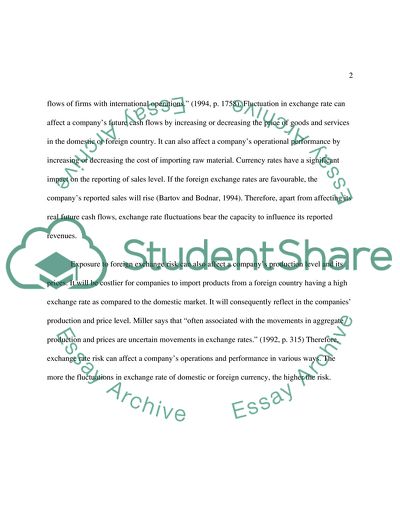Cite this document
(“Foreign Exchange Risk Essay Example | Topics and Well Written Essays - 1500 words - 1”, n.d.)
Foreign Exchange Risk Essay Example | Topics and Well Written Essays - 1500 words - 1. Retrieved from https://studentshare.org/miscellaneous/1539846-foreign-exchange-risk
Foreign Exchange Risk Essay Example | Topics and Well Written Essays - 1500 words - 1. Retrieved from https://studentshare.org/miscellaneous/1539846-foreign-exchange-risk
(Foreign Exchange Risk Essay Example | Topics and Well Written Essays - 1500 Words - 1)
Foreign Exchange Risk Essay Example | Topics and Well Written Essays - 1500 Words - 1. https://studentshare.org/miscellaneous/1539846-foreign-exchange-risk.
Foreign Exchange Risk Essay Example | Topics and Well Written Essays - 1500 Words - 1. https://studentshare.org/miscellaneous/1539846-foreign-exchange-risk.
“Foreign Exchange Risk Essay Example | Topics and Well Written Essays - 1500 Words - 1”, n.d. https://studentshare.org/miscellaneous/1539846-foreign-exchange-risk.


